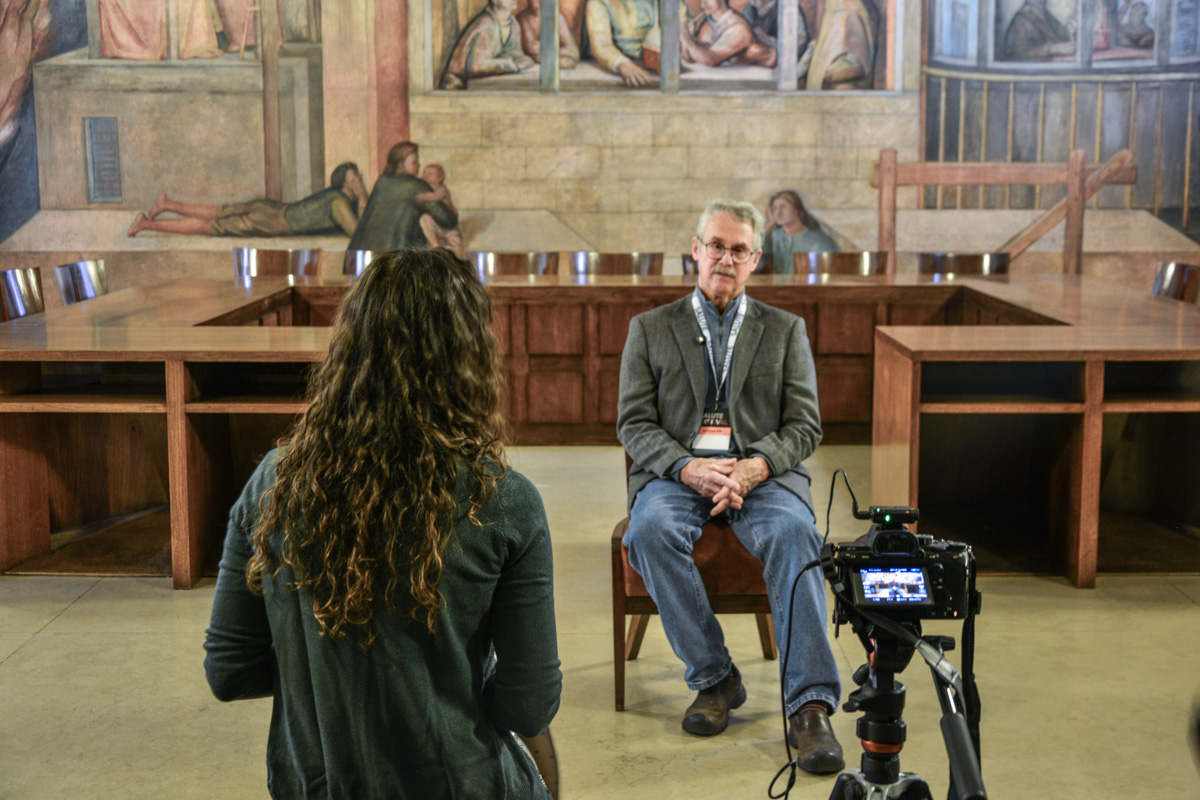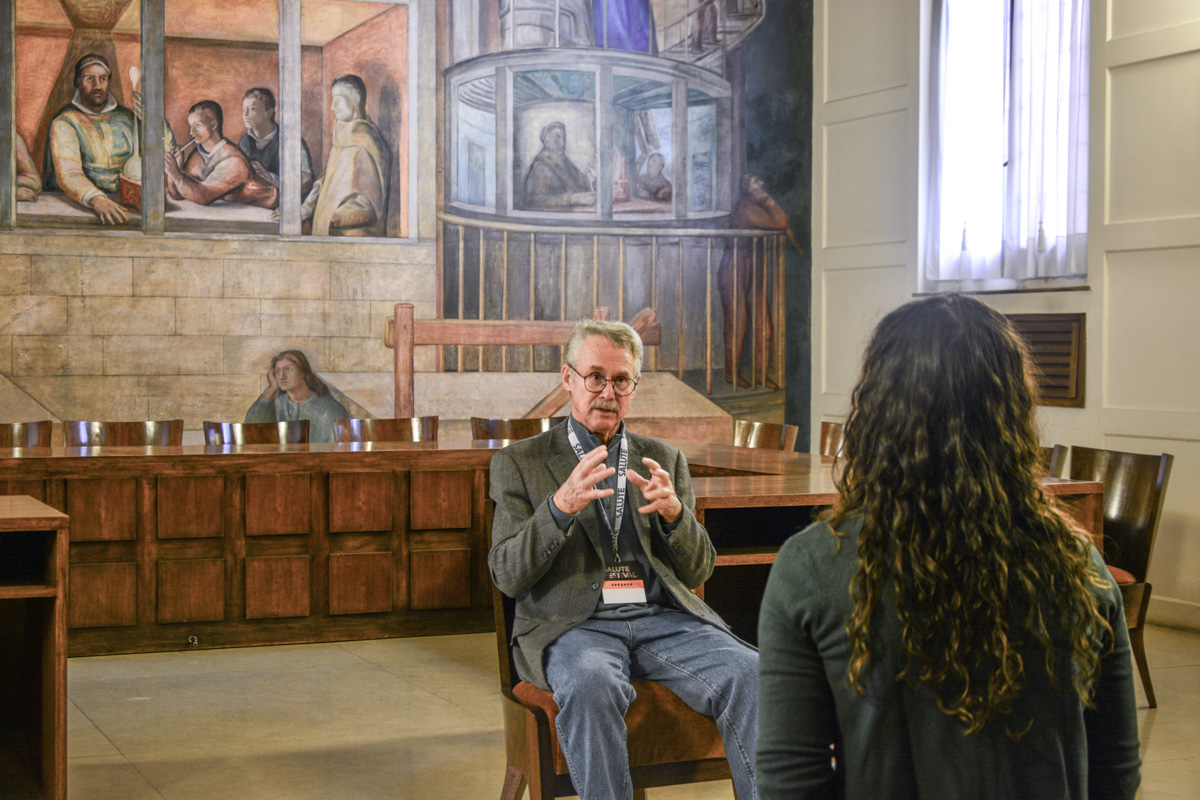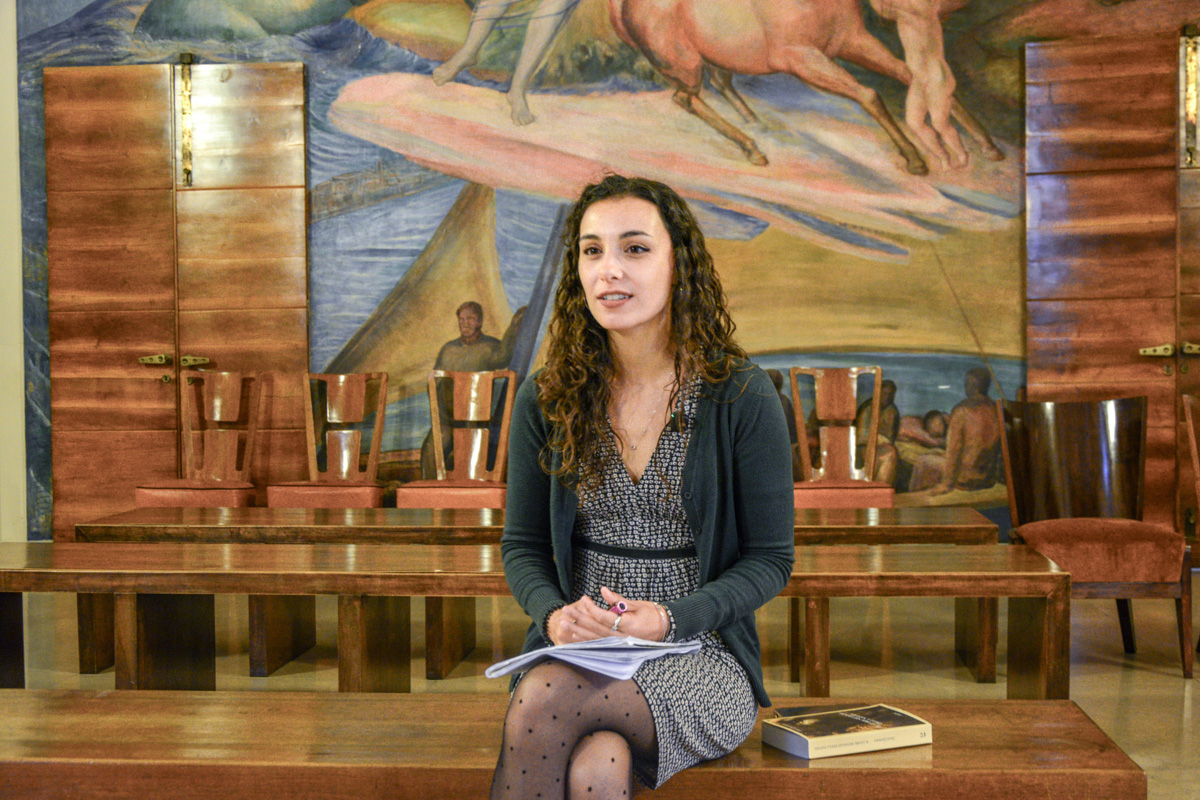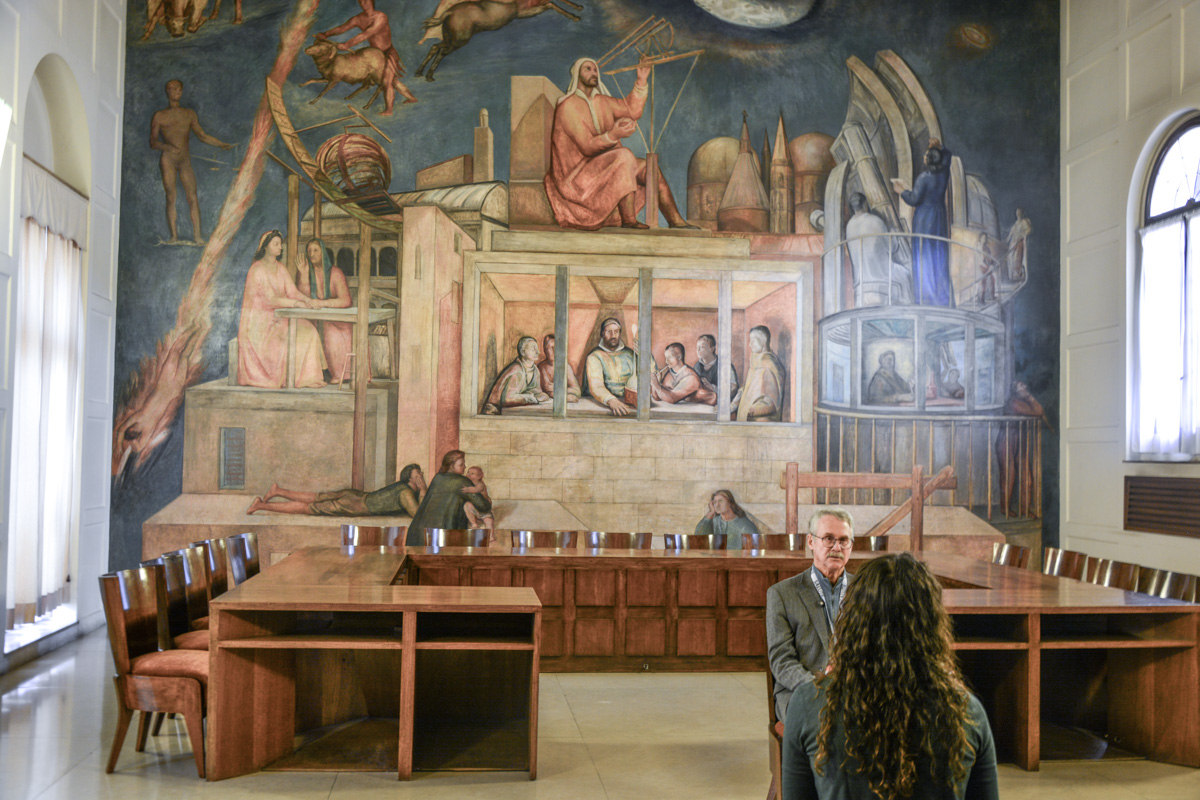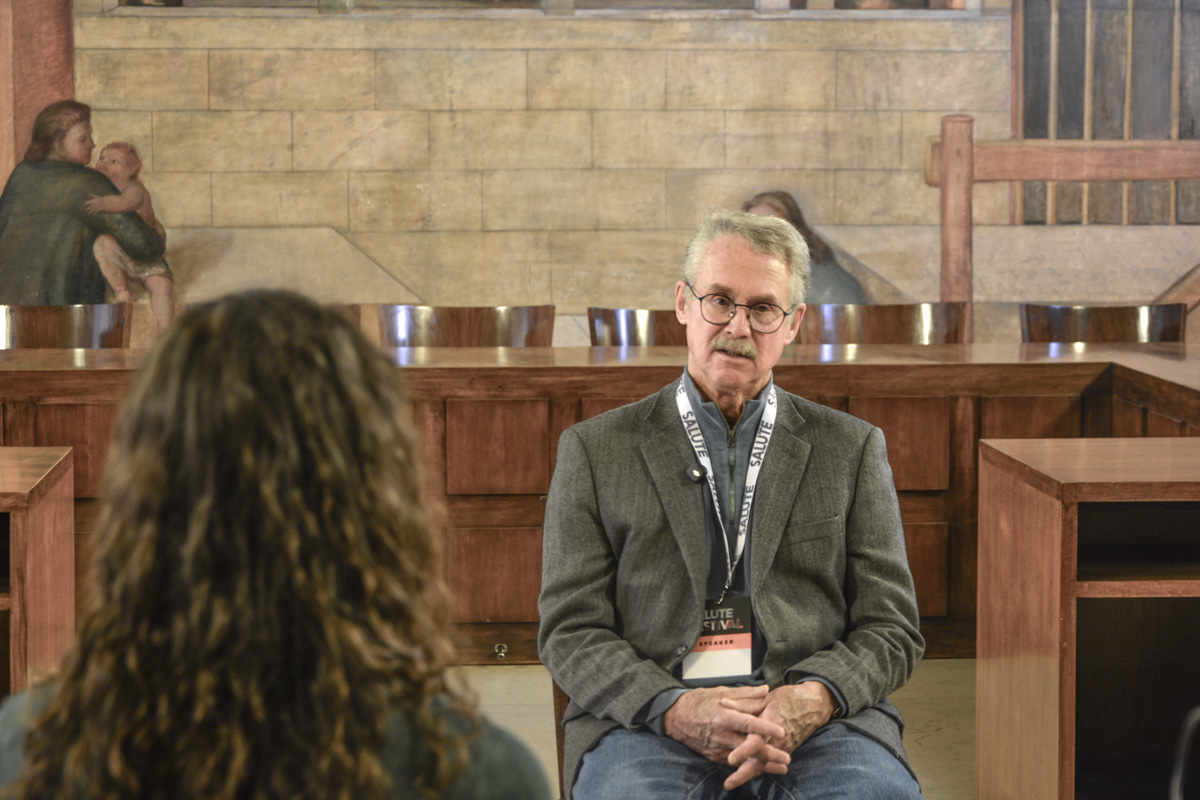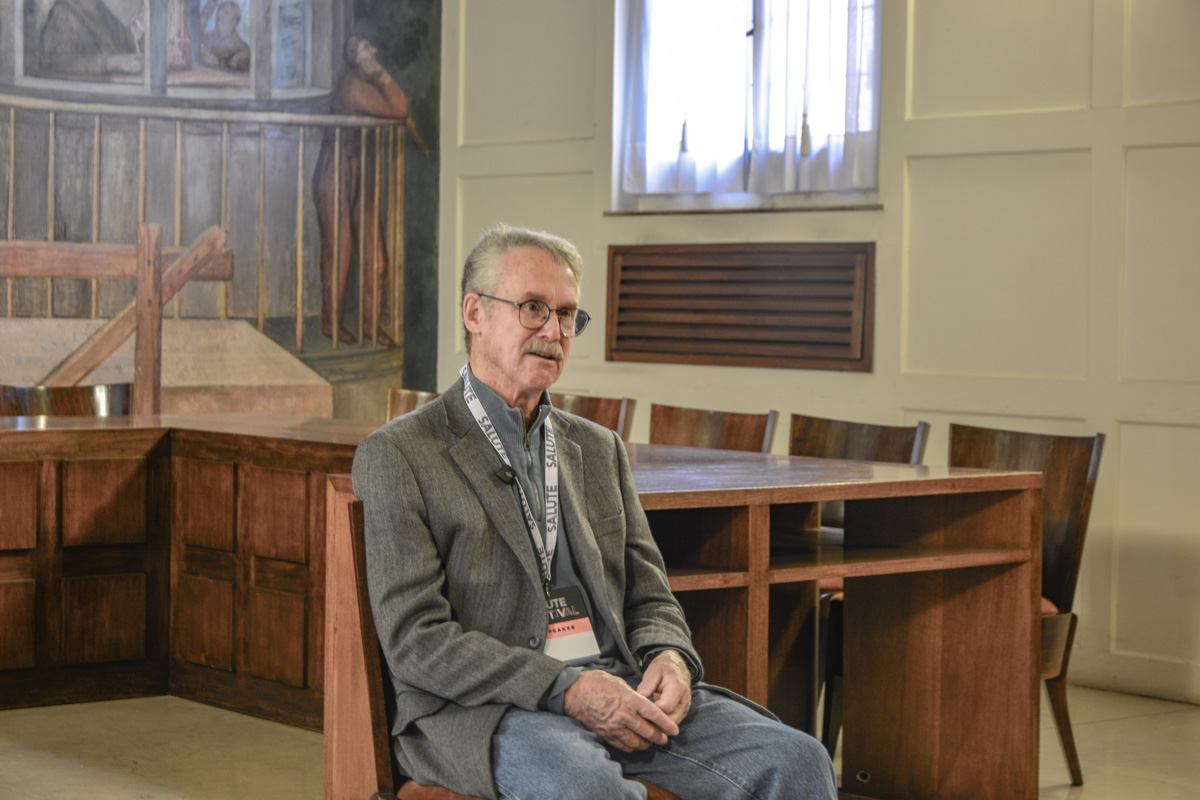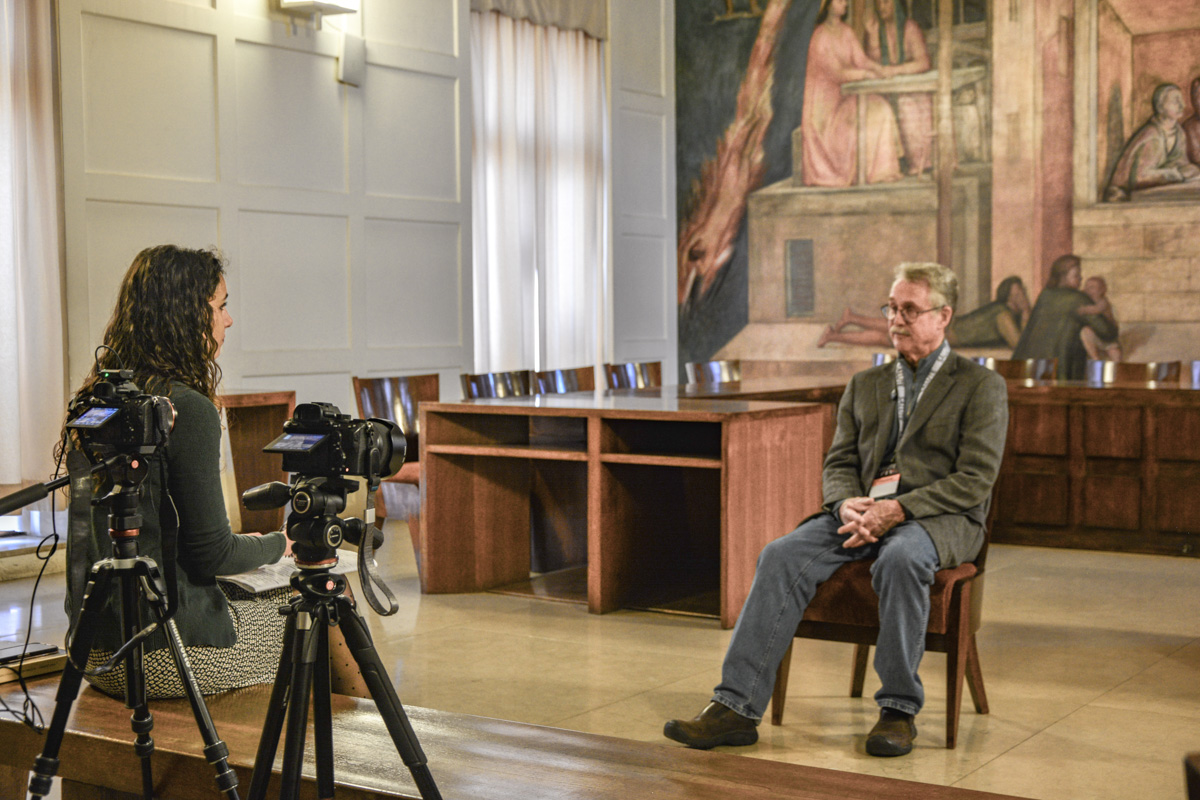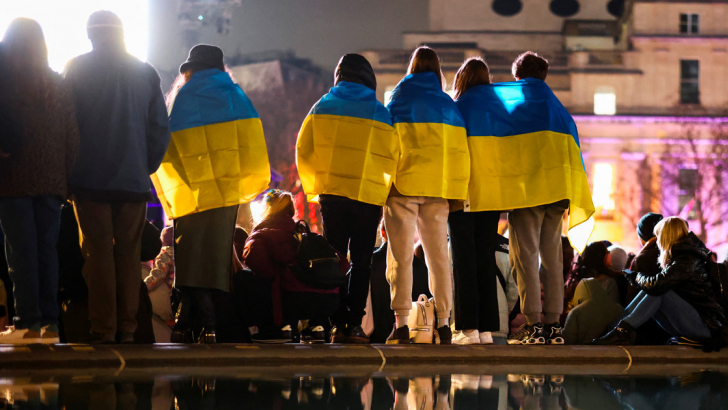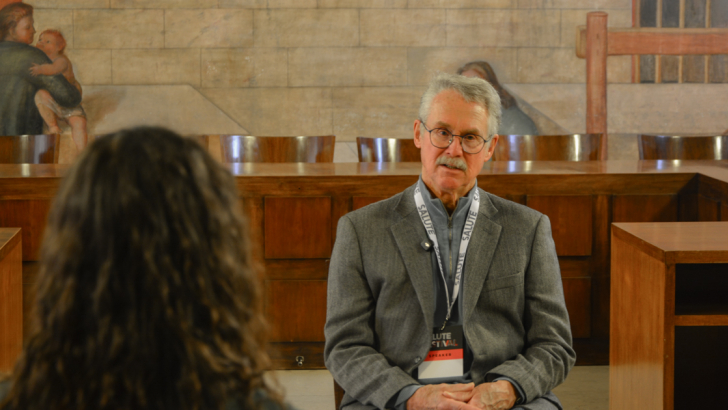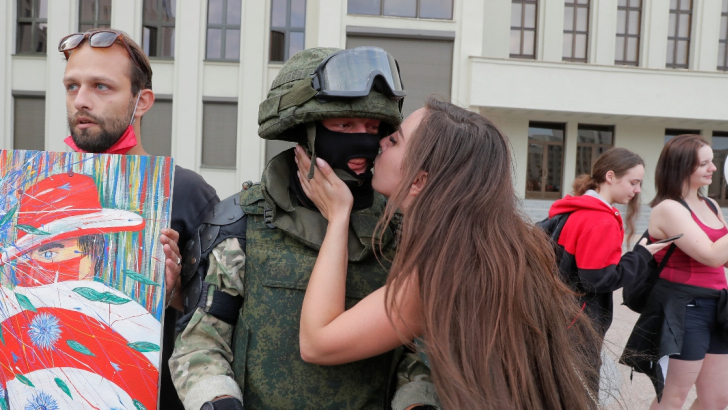David Quammen: “In the face of crises, let’s cultivate hope, let’s act collectively”

Photo: Elena Sophia Ilari/Il Bo Live
David Quammen speaks frankly, precisely, and directly. Throughout his career as a writer and science journalist, he has never hesitated to make the political commitments that the issues he cares about – including the biodiversity crisis, environmental protection, emerging diseases, and global health – require as a direct consequence of their very existence. In numerous books, articles and reportages from the most remote areas of this “world of wonders”, as he calls our planet, Quammen has highlighted both the complexity and interconnectedness of the great challenges of our time, as well as the urgent need to act with whatever tools we have before it is too late.
Quammen has pursued this commitment through a deep engagement with science. He has dedicated his career to explaining, in an accessible yet accurate way, both the results of scientific research and the process behind obtaining those results. In his view, when communicating science, one can simplify, but never at the expense of accuracy.
As the American writer explains to Il Bo Live, talking to the public about scientific research, its imperfections and fallibility, and explaining how it works as clearly as possible is an antidote to misinformation and distrust in science. This distrust, he warns, is increasingly widespread in society, and is further fuelled by deliberate attacks on scientific research from certain political leaders and the more conservative elements within politics and culture.
“This is a very difficult time for science and for scientists – for them to work, maintain their funding, their jobs, and publish their results. It is very difficult, particularly in my country, but not just there”, Quammen says. “There are essentially two kinds of challenges to science today. One is public misunderstanding, distrust, and loss of respect for science. The second is direct political attacks on science by political leaders whose own interests don’t coincide with the findings of science, however respected and persuasive those findings may be.”
Watch the complete interview to David Quammen. Filming and editing by Antonio Massariolo
Science is a process, a human activity
These two issues are related but not identical, and scientists and science communicators have a duty to address them each through their own means. “Science communicators have a very important responsibility to help with the first of those two problems –to foster public appreciation and understanding of science. One of the things we need to do – and I try to do – is help the public understand that science is not a body of unchanging truths, an encyclopaedia of facts. It is a process, a human process, aimed at discovering ever more accurate explanations for the physical world, for the world of nature. And this process works through observation, data gathering, and the formulation of hypotheses that can then explain those data.”
Most importantly, Quammen emphasises, the scientific process is inherently self-correcting: “Scientists correct one another when they make a mistake, and they correct themselves when they get something wrong. That’s one of the things that makes science unique. Most other professions, most other people, have little interest in correcting themselves. Science, instead, has that ethic built in. When we make mistakes – and we do make mistakes – we correct them, bringing them into accord with the latest facts.” This professional ethics of humility and self-awareness was courageously embodied by one of the greatest scientists of all time: Charles Darwin, the father of evolutionary biology – a figure who fascinates Quammen, and whose human and scientific journey he explores in his witty biography The reluctant evolutionist.
“Focusing on the scientists, not just the science and its results, and clarifying the nature of science as a process rather than a fixed collection of facts or unchanging truths, helps people understand why science sometimes changes what it says. Not because it is false or deceptive, but because science is a human activity, and this is how it works: by trial, error, and constant self-correction.”
The political problems facing science, however, must be addressed on a different level. “Some elected leaders don’t understand science; they are ignorant of what it is and what it says, and they think they can make the world be what they want it to be. In many cases, they simply don’t understand science – and insofar as they do, they don’t care about what it says. They have their own selfish political concerns and want science to obey their political mandates.”
This political hostility towards science is costly. Doing science is expensive, and public financial support is essential to keep laboratories open and international collaborations running. For Quammen, it is up to scientists to stand up against this negative trend: “Scientists themselves have to take the lead in resisting political pressures that would silence them. Sometimes that means quitting their jobs, losing their laboratories – tremendous sacrifices. I’m enormously sympathetic to that. And as someone who writes about science for the general public, I will try to write about that – about the costs to science in an anti-science era, as well as what science is still able to say.”
The three rivers of trouble
Science has much to say, not just about how the natural world works but also about the key challenges of our time. Giving science a voice in determining what must be done is crucial to address them.
“The three main challenges of our time – climate change, biodiversity loss, emerging diseases – are interdependent yet distinct. I think of them as three rivers of trouble – three massive, flooding, brown, churning rivers of trouble, flowing in parallel. There are some connections between them, some channels, but they are separate, except at their source – which is common to all three. It is as though these three brown rivers of trouble were all being fed by the melting of a great snowfield on a mountain. And the ultimate problem is what is melting the snowfield: human population size multiplied by human consumption, including waste. This is what melts the snowfield and feeds the three rivers.”
The melting snowfield in Quammen’s metaphor represents the growing human pressure on the environment- the combined impact of population growth and relentless consumption of natural resources, which together have accelerated climate change, biodiversity loss, and the emergence of new diseases.
“Loss of biodiversity is the one that I find most heartbreaking,” Quammen says, “because we are losing beauty and variety from this planet, and that can never be restored. When I first started as a journalist, it was one of the first things I wrote about – that was 45 years ago, and it has only gotten worse.”
Hope is not a mood – It’s a duty
But there are still things we can do – actions that can slow the loss of biological diversity, and increase our ability to protect wild ecosystems, even as we care for humans.” Some of these efforts have already begun, as Quammen documents in The Heartbeat of the Wild, on of his latest books – a collection of his most breathtaking National Geographic reportages that show that positive cases exist, and there is still much space for action.
“Realising the necessary changes seems hard to imagine, but it’s not impossible. For all three of these problems, what’s most necessary is that people keep fighting, and that we keep cultivating hope – this great word, hope.”
It was one of the words that Jane Goodall – the great primatologist and environmental ambassador, who passed away at 91 on 1 October 2025 – used most. “I think at least five of her books contained that word in the title,” Quammen recalls. “She was absolutely firm in saying that we are not allowed to give up hope. We can't afford for people to lose it. Hope is not a mood, nor a prediction that things will go well. Hope is a duty, an act of the will. I believe this is the single most important lesson we can take from Jane, and from others: that we have no right to say, ‘it's hopeless,’ because this work has to be done. And therefore, we keep fighting to meet these challenges. Because even though it is difficult to be hopeful, it is not impossible”.
“ Hope is not a mood, nor a prediction that things will go well. Hope is a duty, an act of the will. David Quammen
To sustain hope, and actually change the path we are on, every contribution counts, individually and collectively. “We all have individual responsibility,” Quammen reminds us. “We need to look in the mirror every day and ask, ‘What are you doing? Either that helps or it hurts.’ The decisions we make have great impacts – not only as voters, demanding accountability from political leaders, but also individually, day by day. We all share responsibility for making the right choices.
“In particular, the big decisions we make in life – even those we think as private – have a considerable impact on how fast that snowfield melts. The big three, for me, are: first, how many children you have, if you have children – you must think carefully about how much you add to the global population. Second, what you consume, especially what you eat – and specifically, how much meat. Jane Goodall stopped eating meat when she realized not only that it is cruel to animals, but it is also cruel to ecosystems, given the immense environmental impacts of industrial-scale livestock production. Third, how much you travel. I don’t have children – so my carbon footprint ends when I die – but I fly around the world, and that is costly. I try not to travel any more than necessary – less and less for pleasure, but I travel for work. And I have that to answer for. I look at myself in the mirror and I say, ‘You're not doing well enough on these things. You need to eat less meat, you need to travel less.’ Everybody needs to do that.”
“But we must also remember that we cannot tackle these challenges alone. It’s important to stay connected to your community. For example, I live in a little community in Montana – I’ve lived on the same piece of dirt for 45 years. I know my neighbours; I see them every Friday afternoon: those neighbours are also friends. We talk about politics, about what’s going on in our lives. And we act politically together. We make ourselves heard – not just at the local level.”
This, Quammen concludes, is where our real strength lies: not in individual action and commitment, but in communities, in bottom-up organisations. That is how we can truly make an impact, and perhaps, make that snowfield stop melting.







